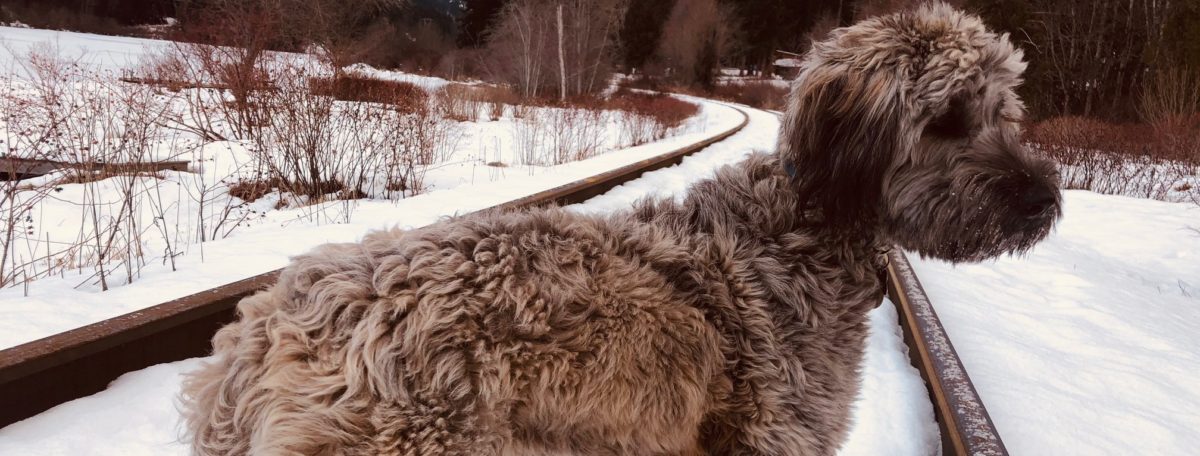Things Geologists Do. Part Something.
Mine geologists –whatever their species, open pit or underground- will eventually end up supervising drill machines.
Open pit mine geologists rely heavily on sampling the cuttings produced by production blast hole rigs. The assay results help to map the average grade of the ore before it’s mined and sent to the metallurgical plant. They may also have core drills working in and around the pit testing for deeper, unexplored parts of the ore body.
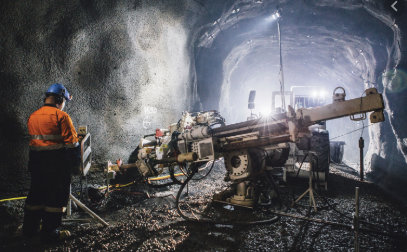
It’s The 3rd Dimension, Stupid
Underground mine geos are perhaps even more reliant on drilling. When you’re in the ore body, a drill is the indispensable tool that adds the crucial 3rd dimension to your work, and every part of the underground mining process eventually draws on the drill results.
My first ever proper job -there I was, a naïve geologist in my early 20s trying to avoid the North Sea oil rigs- was working underground in the deep level mines of the Transvaal in South Africa (now known as Gauteng Province.) I was on a 3-year contract and couldn’t believe my luck. Hell, I was being paid to travel around southern Africa and hang out with a bunch of like-minded geologists from the UK. And we made the most of it; a real work-hard-play-hard environment.
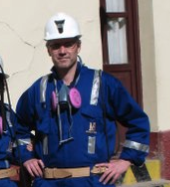
I Was Knackered.
Late in my 3-year tenure at the Vaal Reefs mine, I had 7 underground drill machines running in different parts of No. 2 shaft. That’s a lot of drilling and I was stressed. It was exhausting stuff. Scheduling holes for so many machines became a 24-hour-a-day obsession. Planning the holes, getting crews to move the machines, logging and sampling the core, plotting the results, approving the invoices and then making sure the drill company wasn’t trying to screw you over by billing for meters they hadn’t drilled. We tried to plan 3-4 weeks ahead so that we were never paying standing time for an idle machine and crew.
Most holes were routine production holes. These get drilled for lots of different reasons but are a vital part of the day-to-day production effort. We would drill regularly spaced holes above access tunnels to determine the geometry of the ore body (the Reef), so that the survey department could properly plan the mining faces that would exploit the gold-bearing horizon. Other holes might target the lowest point in a particular block of ore, which is where the engineers preferred to aim the ore passes, known as box holes, so that ore could be easily pulled downhill and loaded into the trains. And then there were the “structural geology” holes drilled to outline the dip, strike and throw of some of the myriad faults that disrupt the rocks of the Witwatersrand basin.
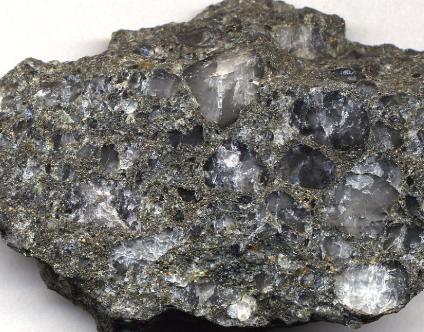
If a main access haulage was heading into a new part of the mine, we would be tasked by the engineers with drilling very small diameter holes -called cover holes- up to 100-200m ahead of the face to check for possible dangers like methane pockets, broken ground or pressurised pockets of water; all potentially lethal to a drilling and blasting crew.
Exploration Is Fun
Other holes were for pure exploration, and these were the most fun. We’d drill long holes to explore the blank spaces on our geology maps, looking for unknown blocks of ore. This took careful thought and interpretation and was the one time an underground geologist could have a really good think about the geology.
But underground drilling isn’t without its risks. One of my drill machines once accidentally cut into the water-filled hole left by an old surface exploration core hole. Remember that we were mining at 2,500m below surface so the old hole, which had probed for the orebody from surface and cut the water table, had a 2,500m head of water in it.
Yes, It’s Dangerous
When we knew that a tunnel was approaching one of the old surface holes we would issue a danger notice. The old drill hole surveying techniques were pretty inaccurate so we could only estimate the hole’s position roughly; to somewhere in a circle with a radius of about 100m. The drill/blast crews would take extra safety precautions as they got closer. This time, the crew hit the hole, and the enormous water pressure spat the steel drill rods out of the hole, and the 85kg drill machine went with them, 50-60m down the tunnel. Luckily nobody was hurt but there was lot of mangled steel.
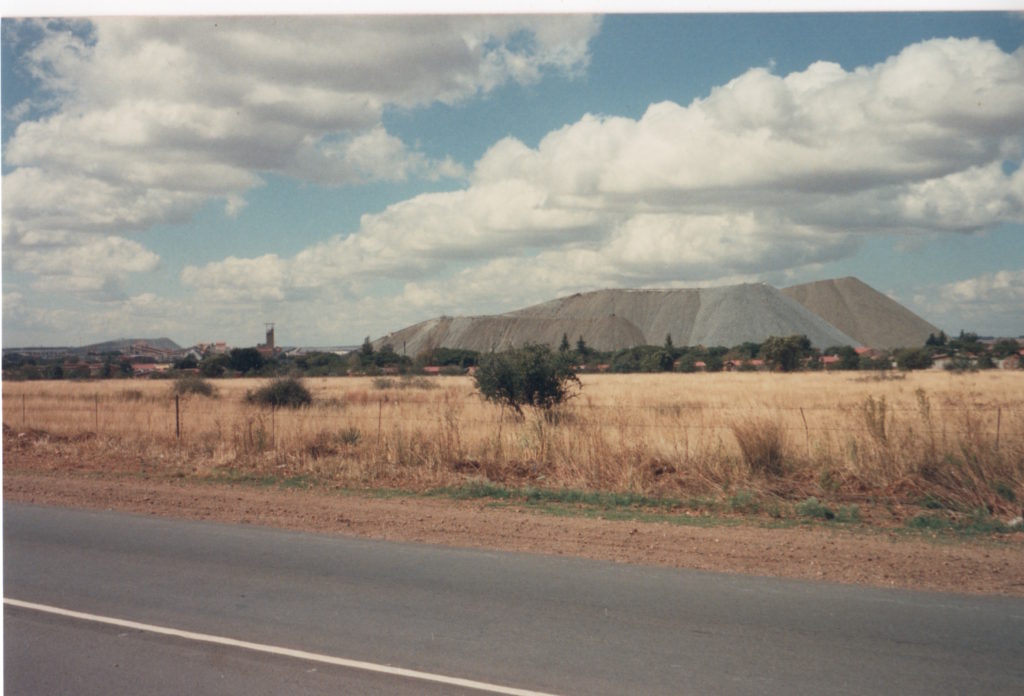
On another occasion the drill crew wasn’t so lucky; it was the only time in my career that I’ve experienced the visceral shock of a fatal accident.
One afternoon, after wrapping up my routine work in the office, the phone rang. It was the production manager at Vaal Reefs #2 shaft where I was the responsible mine geologist. He muttered something about an accident with one of my drill machines and told me to get over to the shaft PDQ. I jumped in my awful 1976-vintage VW bug (I fucking hate bugs) and drove to the shaft as fast as I could.
I got there just as the main lift arrived at surface from 7,500ft down. A rescue crew was bringing out a stretcher with a man strapped to it. One of the rescue team was holding a saline drip plugged into the man’s arm. The man was looking around himself, conscious but obviously in shock. As I watched he was loaded onto an ambulance and driven away at speed to the mine hospital. He died on the way there. What followed was an initial informal enquiry where management tried to find out what had happened.
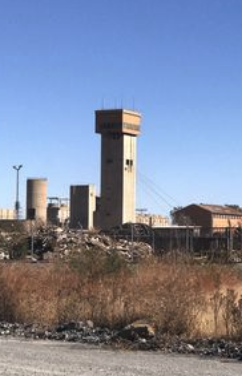
The victim was part of one of my underground production drilling crews. They’d been drilling a hole, about 70m upwards at an angle of about 15 degrees off vertical. The type of drill machine we were using had a hollow diamond-encrusted bit that cut 3.5cm thick core samples for the geologist to look at. It was a robust, simple machine but they did tend to break down from time to time.
Equipment Failure
The machine had suffered a minor mechanical failure, so the drillers shut it off and pulled the drill rods out of the hole to allow them to repair the machine. The crew started to repair the machine immediately beneath the hole that they’d been drilling. What the crew didn’t (and couldn’t) know, was that a 1m length of core was left hanging at the top of the hole when the drill rods were removed. As the men worked to repair the machine, the core broke free and barreled down the 200ft long hole. The rock was hard, glassy quartzite and it had broken off at a very shallow angle to the drill hole axis creating a knife-like point on the end of the piece of core.
One man was working directly under the hole – he was bending over the dismantled drill machine when the core shot out of the hole. It went completely through his upper back and out through his chest, fatally injuring him.
Time To Leave
I was 23 when the accident happened, and I loved mining. I still do. The smells, the sounds, being surrounded by fresh rock -all of it. But as I approached my third year working underground, I was seeing more and more close shaves; incidents that served only to reinforce that if I stayed working there long enough, something nasty would happen to me eventually. It was about then that I took the incredibly sensible the decision to leave the mine at the end of my 3-year contract and go back to university to study for a post-graduate degree. I’ve never regretted it.
Don’t Forget
Don’t forget that bloggers get lonely too. We sit in our lonely rooms, tapping away on our keyboards hoping that someone, somewhere reads our amateurish drivel. If you find any of my stuff remotely stimulating (intellectually, that is) you could make an early New Year’s resolution and subscribe to urbancrows.com via the totally un-Christmassy subscription box that’s placed teasingly near the top of the page. I’ll be sure to email you more dullness whenever I write it, and I’ll even raise a glass of eggnog to you in thanks. I won’t drink it, mind; I loath the stuff – tooth-rotting cold yellow snot- but it’s the thought that counts. Right?

